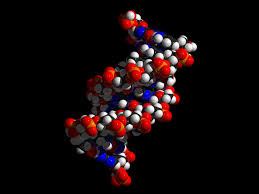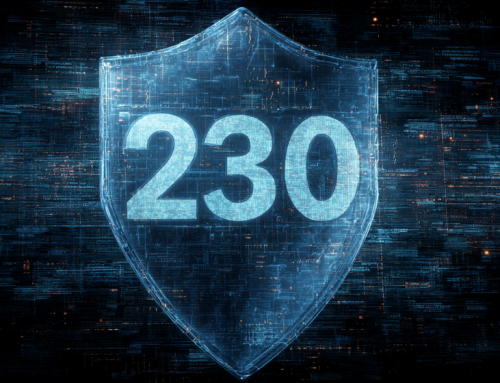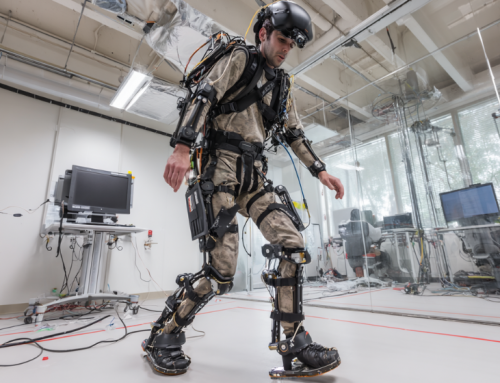
Imagination Takes Flight with Flying Robot, Nano Health Tech
Disney’s creative, colorful, child-centered storytelling will soon include a stunt robot in an upcoming film. Meanwhile, in just as creative an endeavor, another technology will program human cells.
The Disney Imagineering Research and Development Lab has produced a humanoid figure that weighs 90 pounds and can manage flips and tricks while flying 60 feet high, similar to those in the Iron Man movies. The “flying while fighting” sequences will be far less expensive to insure against accidents if a robot does the soaring⎯and occasional crashing⎯while filming.
A more serious film I watched recently was on Facebook’s Science Nature Page that features a weekly podcast with Hashen Al Gaihili. Gaihili discussed organic computers that can be programmed and placed into different cells of the human body to solve a particular health problem.
Using “transciptors,” scientists can review a diseased cell and reprogram the adjacent cells to attack and destroy it. Using E. coli bacterium cells in one experiment, researchers created a biological transistor inside the cells. Then, tiny transciptors monitor and affect the cells, while transistors regulate the flow of electrons across metal wires to process calculations. The next step is for the transistors to regulate the flow of enzymes along the strand of DNA. Biological transistors could be used to reprogram living systems such as gene expression on this cellular level, where nearly all medical problems begin in the human body.
If you aren’t a biological scientist or researcher on this level, then you, like me, probably don’t completely understand how this works. What I can garner from Gaihili’s piece is that we can build and insert nano-sized computers to go into the body and do the microscopic adjustments that the diseased body needs to function properly.
One little tidbit of info really stood out. Researchers can store 455 exabytes of data on one gram of DNA. Scientists are trying to invent a biological internet in which cells can interact and exchange vital medical data from one cell to another cell somewhere in the human frame. With cells communicating at that stage of development, imagine the amount of suffering or damage that a human body can be wired to avoid when an issue arises from the cellular level.
For more information, and to help me to understand this breakthrough, I went to FanaticalFuturist.com. Here are a few remarks that help explain the teeny tiny computers that will become part of everyday treatments.
Why does this matter? You could argue that DNA is actually the oldest programming language on Earth, and today we’re starting to learn how to write and program it in new ways to create new a completely new class of living, biological computers.
Hot on the heels of a breakthrough that saw a team in the U.S. store a movie in the DNA of a living E. coli, and then retrieve and replay it, researchers in the U.S. have developed a DNA-based biological computer that works inside living bacterial cells and tells them what to do, according to a report published recently in Nature magazine. Composed of Ribonucleic Acid (RNA), the new “Ribocomputer” can not only survive in the bacterium E. Coli, but it can also respond to a dozen different inputs making it the most complex biological computer to date.
“We’ve developed [a biological computer] that controls how cells behave,” says Alexander Green, an engineer at Arizona State University, who developed the technology with colleagues at Harvard University.
We are on the way to human immortality every time one researchers manifest one of these amazing ideas. This technological breakthrough could spell the end for diseases such as cancer, Alzheimer’s and other deadly conditions that lead to human suffering.







Leave A Comment